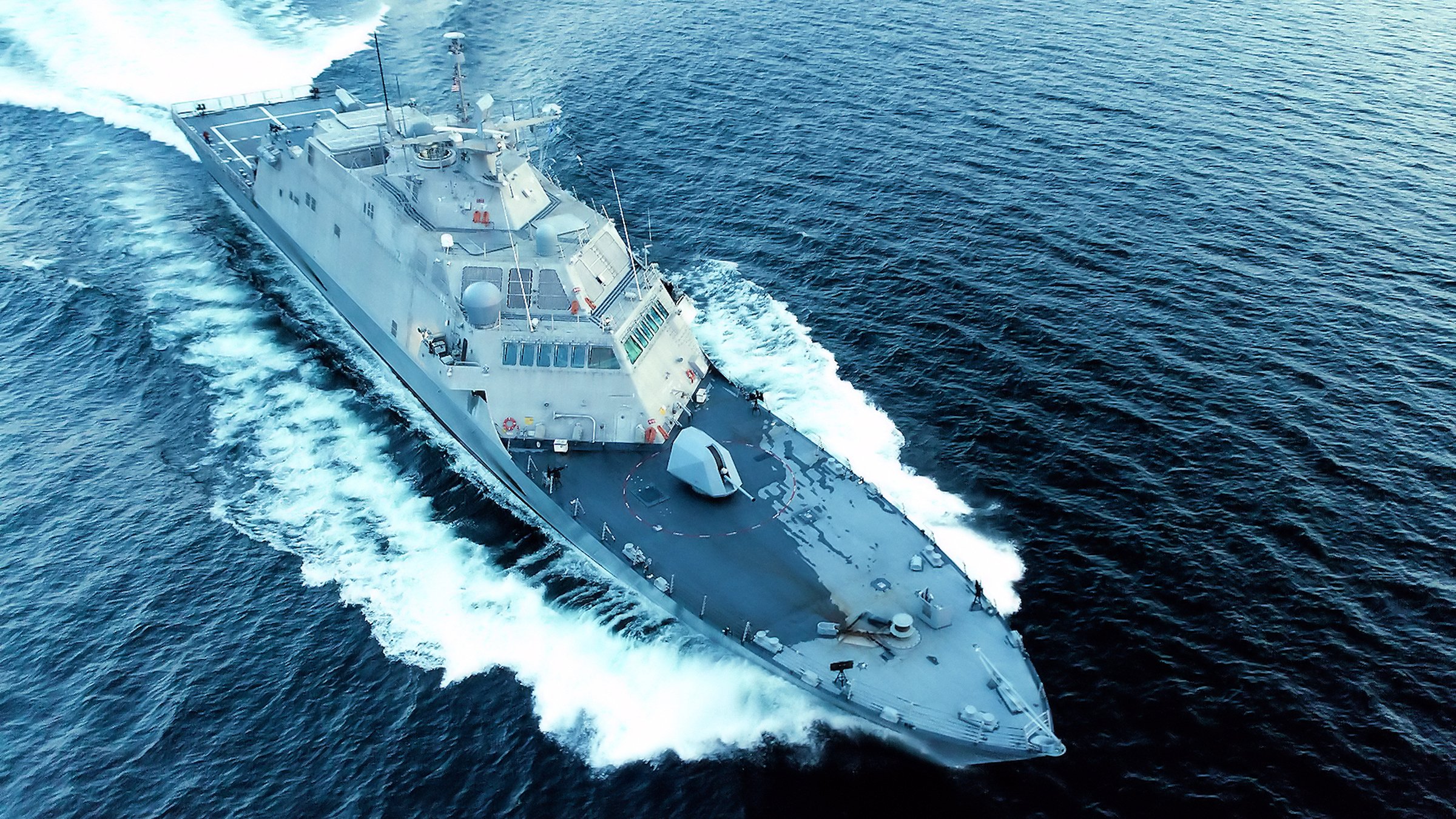Recommended For You
Challenge
Model several scenarios of equipment options and layouts using Rockwell Software’s Arena simulation software.
Solution
A detailed Arena simulation model was developed to model various layouts and equipment option scenarios to improve and simplify palletized cargo-loading operations.
Results
- Decreased loading bottlenecks
- Improved loading speeds
- Reduced maintenance costs
Background
A major government defense contractor was given the task of reducing the complexity of the cargo handling system for U.S. Navy LHA 1 Class vessels, while maintaining a high delivery rate. LHA 1 Class vessels are responsible for loading palletized cargo onto landing craft for deployment. Palletized cargo must be transferred rapidly from the lower decks of the ship to landing craft located in the ship’s well. Loading the specialized landing craft carried within the ship must happen quickly and efficiently when launched under combat conditions.
Challenge
Cargo handling consists of elevators, forklift trucks, conveyors, and monorail trains. In an effort to simplify the operation of the equipment, the government contractor had determined several design option in order to evaluate reducing the number of monorail trains and reducing or eliminating the high-maintenance monorail track switches. A tool was needed that could predict the behavior and delivery rate of this complex system by calculating the movement and interaction of the system’s components. Challenge Model several scenarios of equipment options and layouts using Rockwell Software’s Arena simulation software. Solutions Rockwell Software Arena Simulation Software A detailed Arena simulation model was developed to model various layouts and equipment option scenarios to improve and simplify palletized cargo-loading operations. Results • Decreased loading bottlenecks • Improved loading speeds • Reduced maintenance costs The contractor partnered with the Rockwell Automation Arena consulting team to model several scenarios of equipment options and layouts using Rockwell Software’s Arena simulation software. It was imperative that the consultants develop a reliable model, because the changes the model would suggest would be potentially major, irreversible, and extremely costly to incorporate. Many different branches of the U.S. Navy had to be convinced that the study was reliable and that the system would operate as the simulation predicted.
Solution
The Arena consulting team developed a baseline model with Arena, which was validated against actual shipboard operations. Other scenarios were then developed. The results of each scenario were evaluated against the baseline to determine its impact on the landing craft loading time. Scenarios included alterations to the monorail track designs, elimination of conveyors, and replacement of the monorail trains and conveyors with forklift trucks. Each model allowed the government contractor or naval personnel to easily make changes to system parameters. They could also modify the number of forklifts and monorail trains in the system.
Results
With the help of Arena and the consulting team, the contractor analyzed the model results to determine that using forklifts alone to transport cargo to the landing craft slowed the loading rates to unacceptable levels. The results also revealed that, by eliminating some monorail track switches, maintenance costs would be reduced without impacting the loading rate. Further, it was determined that a lower number of monorail trains could load the landing craft as fast as the original design, due to less track congestion - again having a major impact on the cost of cargo - handling equipment.
公開 2014/08/01
